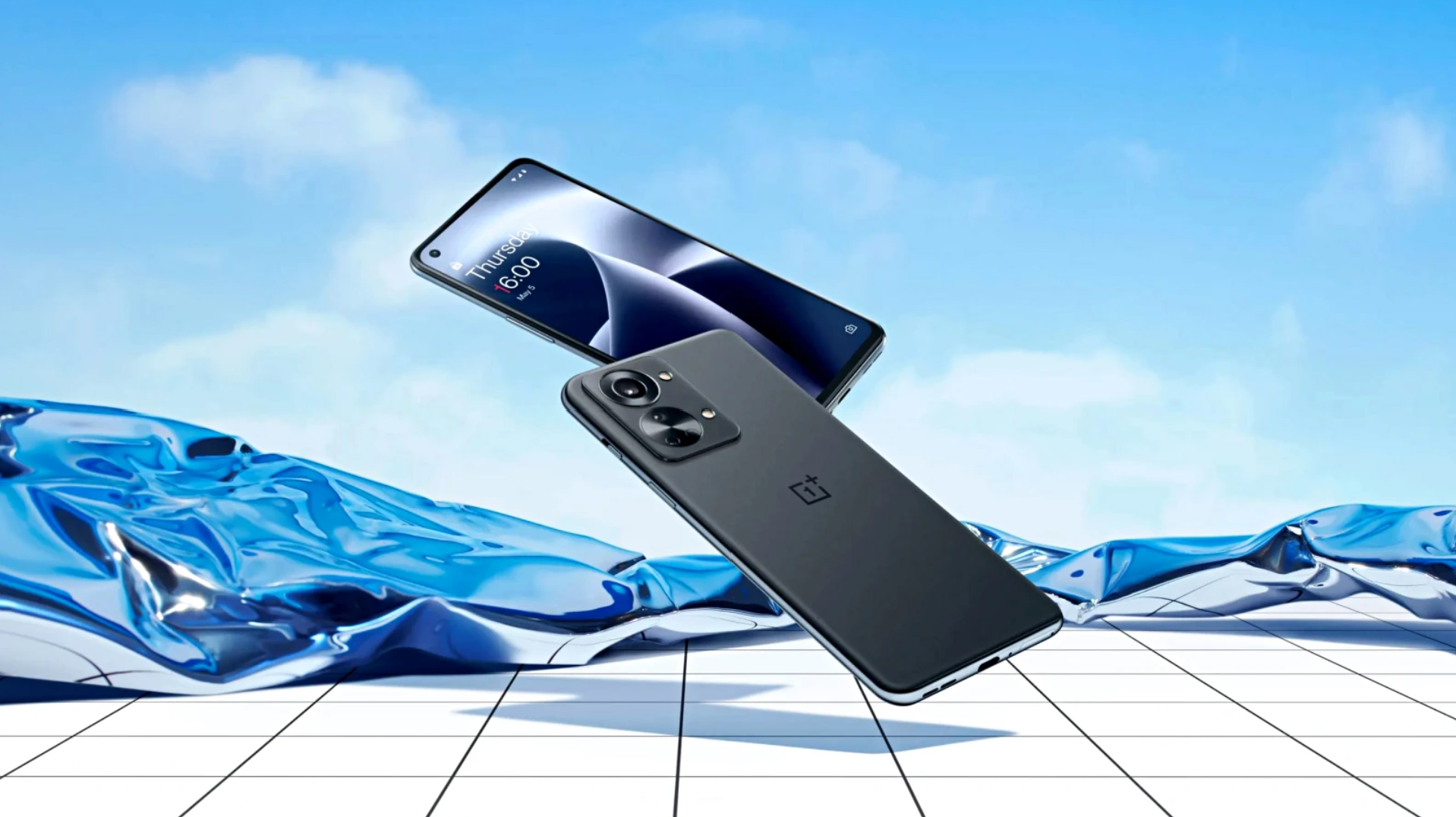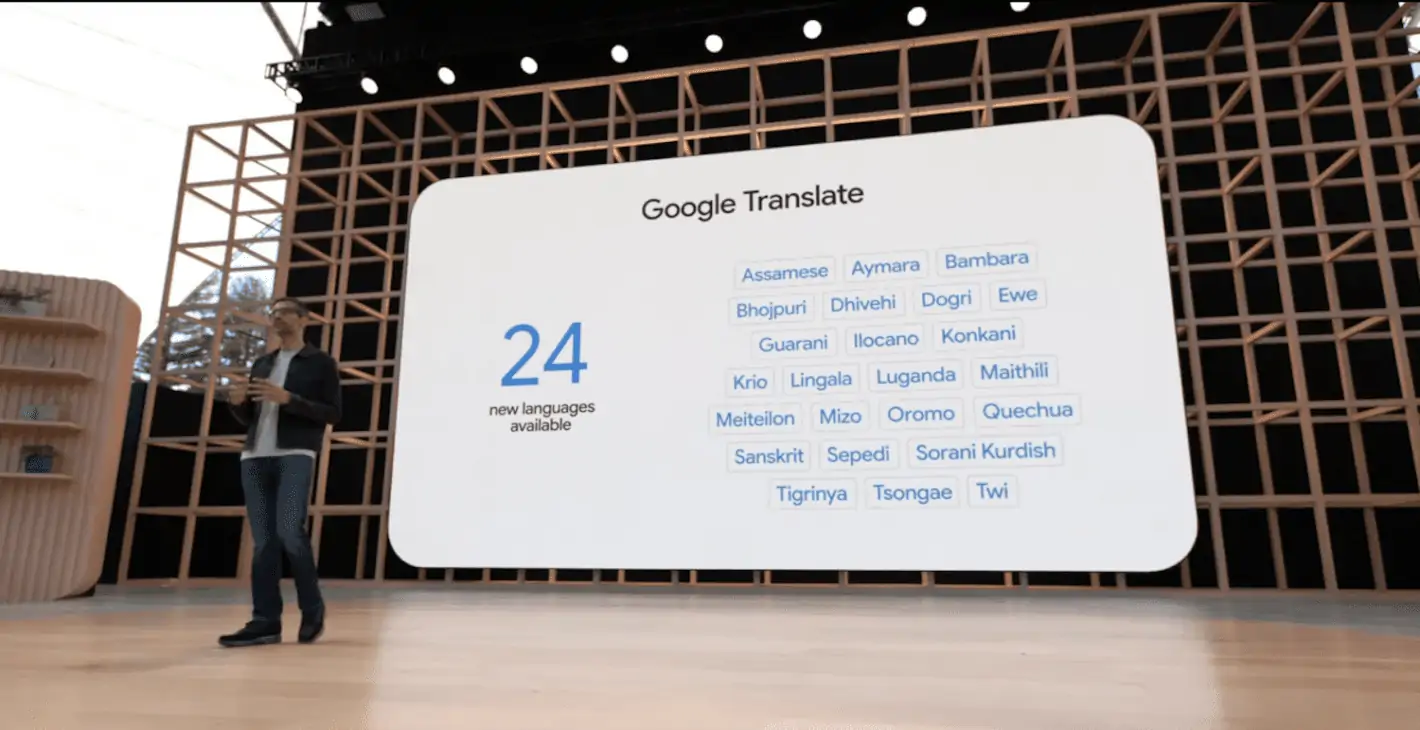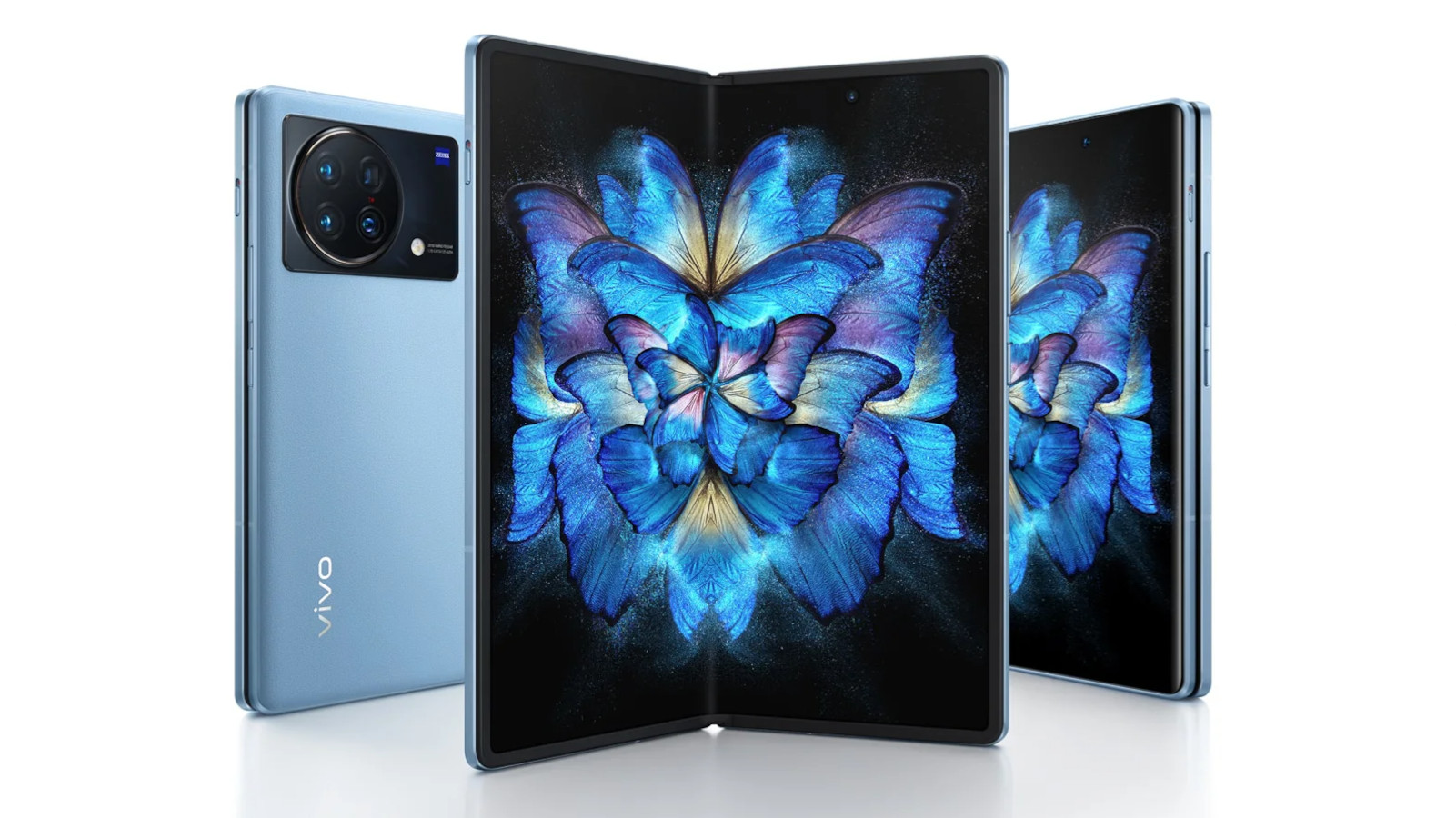ADB

Android Studio
Androids software development kit is a collection of programming app tools, abbreviated SDK. Developers use to build apps for Android devices. Android Studio includes a code editor, various code templates you can use as the basis of your app. And device simulators for testing your apps. Also numerous other development tools. Want to learn more about building apps for Android? Hop on over to Android’s Android Developers site.
API
Short for Application Programming Interface. The functions that developers can call on to access specific features. Calling upon programs, code, and services that others have written. For example, suppose a developer wants to draw a button on the screen. In that case, she can insert a tiny bit of code that says, draw this kind of button. With this color size style, at this location instead of dozens of lines of code in detail.
If the application wants your location, it can use location App to get the device’s location. And let code handle the rest instead of requiring the developer to build an entire location service from scratch. There are thousands of Apps in Android. Everything from drawing interface elements to the cameras, location access, storage access, 3D graphics, and much more.
ARM
Usually refers to the processor architecture most commonly found in mobile devices like smartphones and tablets. While ARM-based processors can vary widely, you’ll find them in the smallest mobile devices and high-end servers. The variants used inside smartphones and tablets are designed to be smaller to consume less energy. That doesn’t mean ARM processors are weak. The processors found inside mobile devices have grown significantly more potent in recent years. That trend shows no sign of slowing.
The ARM architecture standard is maintained by the company ARM. Which licenses its designs for processors, processor cores, and processor architectures to other manufacturers. Samsung and Qualcomm are two major manufacturers of ARM-based processors. Apple uses its ARM-based A-series processors in the iPhone and iPad, too.
Baseband
Your phone’s baseband is, in short, the part of the phone that handles its radio connections cellular, Wi-Fi, for example. The phone’s baseband consists of a processing chip code that works its magic behind the scenes. You usually won’t have to touch your phone’s baseband system software, but if you need to know which baseband version your phone is running, go to Settings > About phone.
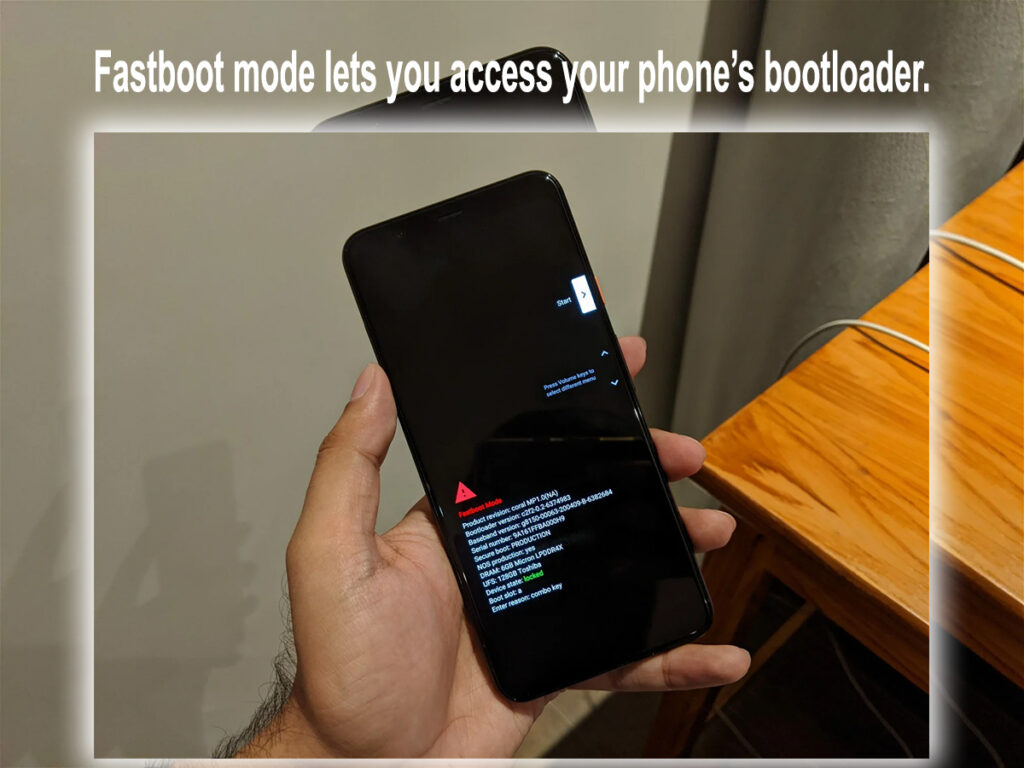
Bootloader
Before your phone’s operating system even starts up, your phone runs a piece of software called a bootloader. Bootloaders generally run some initial startup tests related to tasks, then tell your operating system to start up. It’s very similar to the BIOS on your computer in this regard. The bootloader does its work in the background, so you never see it unless you choose to do so. If you know what you’re doing, though, you can access the bootloader interface on your Android phone using the Android, as mentioned earlier, Android Developer Bridge (ADB) tool.
Dalvik ART
Short for Android Runtime is, simply put, what allows apps to run on Android. They are what’s known as managed runtime environments: Think of them as the box within which all apps for Android run. By running apps within a box. Developers don’t have to worry as much about the device you’re running the app on. Dalvik ART also handles some under-the-hood tasks on behalf of the apps. Android apps are based primarily on ART Dalvik. These parts of Android that compile the code to run on your device. The newer ART component is faster and takes better advantage of modern processor features than the older Dalvik component.
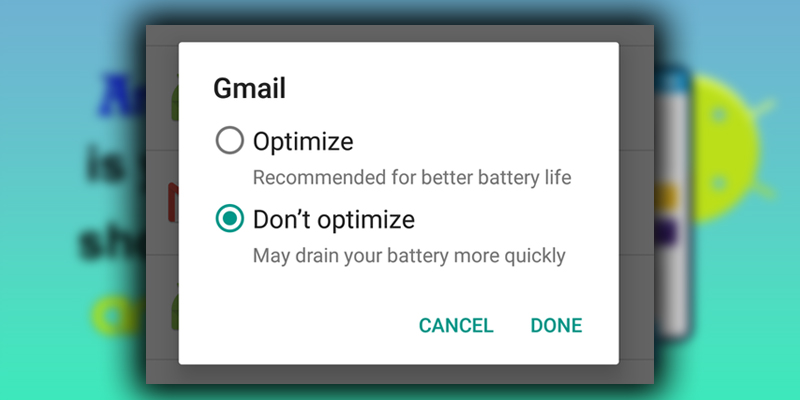
Android Marshmallow’s Doze mode can seriously save your battery. You can turn it off for individual apps if you need to.
Doze
New in Android 6.0 Marshmallow. Doze is a power-saving feature. It prevents your phone from carrying out specific tasks if your phone’s been sitting idle for a while. It puts your phone into a deep sleep mode and only wakes it up periodically to handle background tasks. Which saves a lot of battery power. It’s on by default, but you can quickly turn it off for individual apps.
Fragmentation
In the Android world, variety is most certainly the spice of life. Android phones come in practically every shape or size. You’ll almost assuredly find at least one Android phone you like. While this variety can be a good thing, it can also cause issues. Such as apps that don’t run on all current devices or slow uptake on new releases of Android. Observers often refer to this potential problem as fragmentation.
Is fragmentation that big of an issue? That’s certainly debatable. But it’s probably less concerned for normal users than for more technical folk. The wide variety of hardware-software in the Android world can be a pain for developers. Whose apps must be tested on various devices to ensure they work right. For the rest of us, the slow rollout of new Android updates is one thing to be concerned about. If only for the security improvements that often accompany them.
HDR
It stands for High Dynamic Range, which refers to a photography technique in which several photos were taken at different exposures, and combined into a single image. By snapping pictures at different exposures, you can get accurate exposure detail in the photo’s dark and bright areas. Some modern phones can take HDR photos. With a single snap by carefully processing the data from an advanced sensor with a wide dynamic range.
IPS
Short for In-Plane Switching, it is a display technology used in Digital screens. IPS displays have a wider viewing angle than Twisted nematic field effect (TNFE) displays, the other prevalent older technology, mainly eliminating the color-shifting issues traditionally affecting them. They also have a wider color gamut and can accurately reproduce more colors. Among Android devices, the other popular display technology is LCD and OLED.
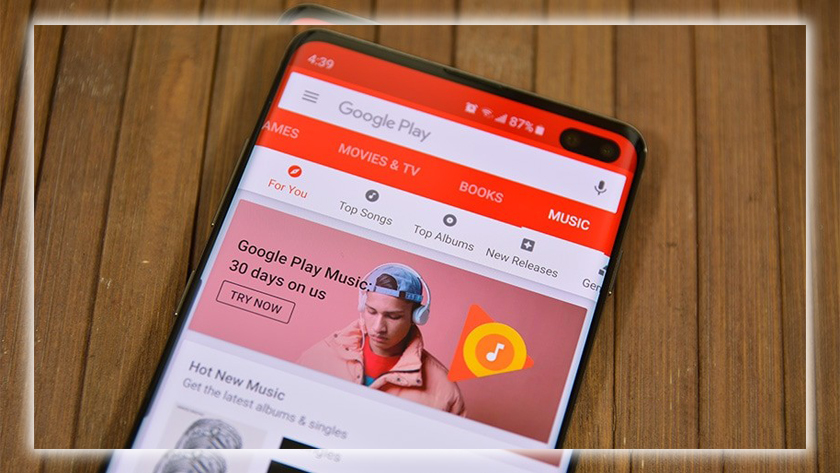
Material Design
Android Lollipop introduced a new look and feel for Android, which the company called Material Design. Material Design emphasizes depth, bold graphical elements, and fluid motion to help you get a sense of place. It currently employs the Material Design look across Android, its various other mobile apps, and some of its online tools such as Maps, the redesigned Google+ social network.
Material Design isn’t just a set of interface elements. It’s a clearly codified set of interface conventions describing all aspects of an application interface’s appearance and behavior. Fonts, colors, animations, shadows, layers, patterns, and the placement of interface elements. All these and more are described in detail in the Material Design guidelines set by Google. The idea is that third-party app developers should make Android apps that have a consistent look. Also operate with the same interface conventions. So they all appear to be part of a cohesive ecosystem. That way, users don’t get confused by changing interfaces.
Milliampere-hour
Abbreviated mAh—it is a unit for measuring electrical charge. It’s often used to describe the capacity of a battery. You’ll often find it in marketing materials for smartphones and tablets. The higher the mAh rating for a battery, the larger it’s capacity. However, since the tech specs of power management systems can vary wildly from one device to another. A battery’s charge capacity isn’t the only factor determining battery life. A phone with a smaller mAh rating on its battery might last longer. If the display processor radios are more energy-efficient, for instance.
Miracast
Is an industry-standard technology that lets you stream what’s on your phone or tablet onto your TV or other display. Miracast-compatible devices work together on a peer-to-peer basis. You don’t need a router as a middleman between your phone and TV. To use Miracast, you need to run an OS that supports it. Also you need a Miracast-compatible TV or receiver dongle. Check out the PC World Miracast setup tutorial to learn more.
Nearby
As its name suggests, Nearby lets you connect to share data with other devices that are, well, nearby. Nearby uses a combination of Bluetooth, Wi-Fi, and inaudible sound to identify other nearby devices. Nearby isn’t a standalone feature in Android; it’s a set of technologies developers can incorporate into their apps. For example, Play Games uses Nearby to find others near you with who you can play a game. It’s a handy feature if you want to play with a family member or roommate.
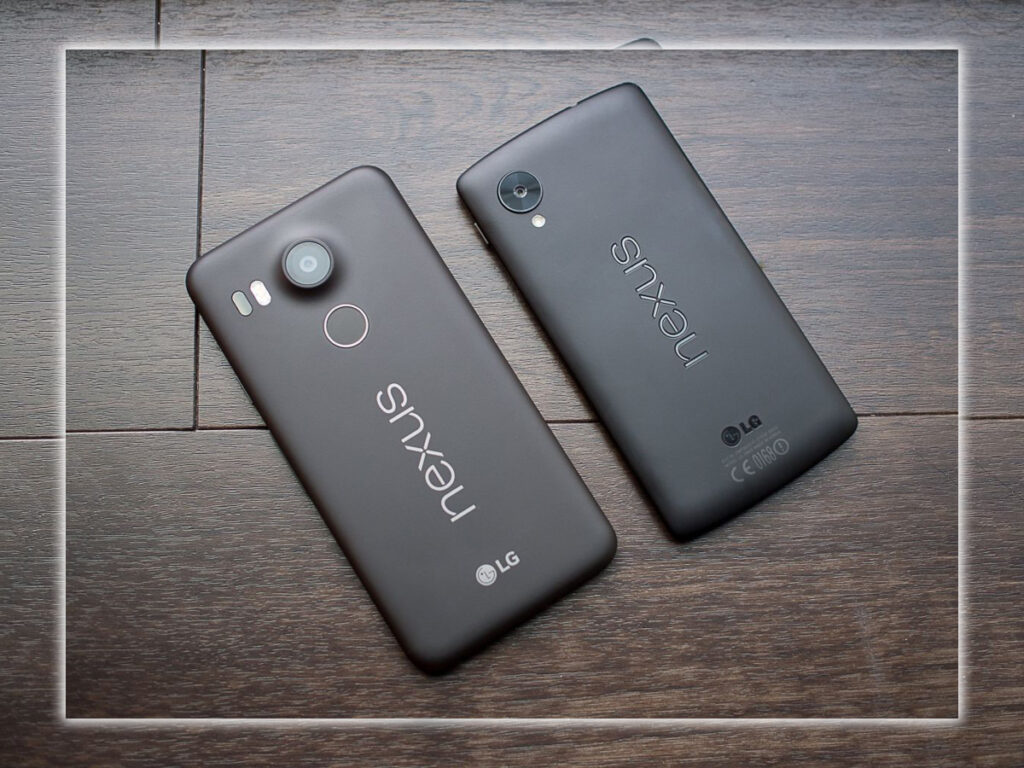 A Nexus 5 Nexus 5x.
A Nexus 5 Nexus 5x.Nexus
This is Google’s brand name for a line of phones and tablets that run pure, unadulterated stock Android. And sold directly to consumers. Provide software updates with no carrier interference. Nexus devices don’t come bundled with carrier-specific apps nor include the customized interfaces bred features. That so many Android phones ship with. As an added bonus, Nexus devices get new releases of Android first. Often weeks or months before other phones.
It’s important to note that it doesn’t actually manufacture Nexus devices. Instead, it partners with other hardware manufacturers, like Samsung and Huawei. Which design and build a phone or tablet that meets Android specifications. Nexus phones started as a necessity. Google says it can’t really develop Android as a competitive operating system. Without simultaneously developing phone hardware to test the latest features before release. And developers need a baseline phone that runs unaltered Android to test their applications. Nexus devices, with prominent TV ads, appeal to the mass market.
NFC
Stands for Near Field Communication is a technology that lets you wirelessly beam information between devices. Unlike Bluetooth, Wi-Fi—has ranges that can span multiple rooms in your house. NFC has a range of only a few inches. It’s built into many smartphones and is most commonly used to facilitate mobile payment systems like Play and Apple Pay. Hold your phone up to an NFC-equipped credit card terminal. Wait for the reader to recognize your phone, and retrieve your payment info; you’re all done. On Android phones, NFC can also be used to facilitate the transfer of data from one phone to another. By bumping them together.
AMOLED
Which stands for Active Matrix Organic Light-Emitting Diode, refers to a specific kind of display technology. OLEDs emit their light, unlike LCDs, so they don’t require a backlight. AMOLED Active Matrix Organic Light-Emitting Diode is a variant of OLED technology commonly used in smartphones. HowStuffWorks has an in-depth overview of how OLED screens work and the differences between the different kinds of OLED screens.
OLED displays can have excellent color reproduction, breakneck switching speeds, and the ability of pixels to turn on and off. And since the pixels emit their own light, when they’re off, they’re entirely black. Only recently have OLED displays been able to get as bright as LCDs. However, they tend to be more expensive.
OpenGL ES:
Is a set of programming Application Program Interface technologies. Developers can use as the basis of apps that employ 3D rendering. Many games are built atop OpenGL ES, as are many 3D modeling design apps. OpenGL ES is a pared-down version of Open GLUT built for devices like smartphones and tablets. The ES stands for embedded systems. The 3D games you play on your Android phone are likely made on OpenGL ES.
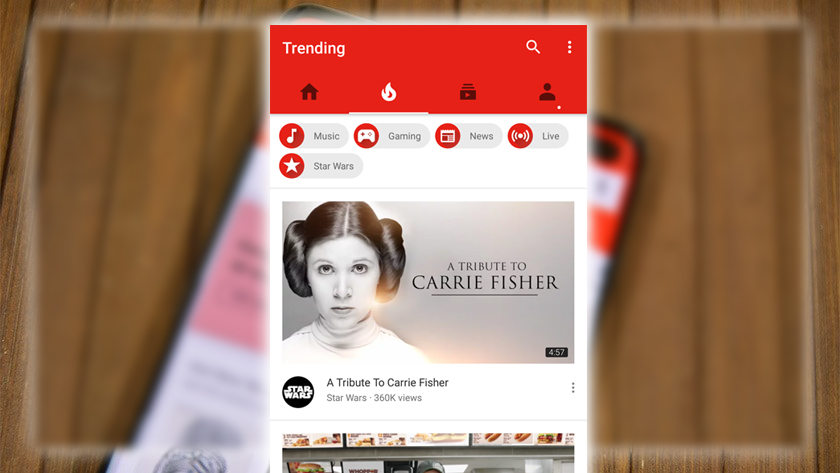
Overflow button
You know the three dots in the screen’s upper right-hand corner in many Android apps? It has a name called the Overflow button. Tap it, and you’ll be able to get at additional options, tools, or settings that don’t have a home toolbar.
Overlay
An overlay is a customized interface that smartphone manufacturers develop for their phones placed atop Android. Most custom overlays look, feel, and work similarly to unmodified stock Android. Which are modified somewhat to suit manufacturers’ and carriers’ needs. Some overlays also come bundled with device-specific apps. For example, Samsung’s Galaxy devices run a customized version of Android that features Samsung’s Touch interface apps like Samsung Pay.
In truth, most manufacturer overlays are not merely overlaying a new interface on top of Android. Instead, the manufacturer has its own individual version of Android with its own interface, features, hardware optimizations. Even the features for the carrier you bought the phone from. Android operating system updates can take so long to reach you see Fragmentation. Still, these custom versions of Android are often referred to as overlays.
Qi A
Are two competing standards for wireless charging. The wireless power Consortium, which includes HTC, and Verizon, back Qi, while the Android standard gets its backing from the AirFuel Alliance (in 2022 known as the Power Matters Alliance or PMA), a group that includes AT&T, Broadcom, Intel, Powermat, Duracell, Starbucks. Some companies, like Samsung and Qualcomm, are involved in both groups.
Quick Charge
Typically, fully recharging a phone can take a few hours. Quick Charge, however, can help speed things up. Qualcomm’s name for its fast-charging technology. The company claimed that it can increase your phone’s battery-charging speed by as much as 75 percent. To take advantage of Quick Charge, you need a device that supports it and a Quick Charge wall adapter. Curious if your phone or tablet supports Quick Charge? Take a look at Qualcomm’s compatibility list (F). Other phone makers have built their own fast-charging capabilities into their phones. The Nexus 6 5X uses USB Type-C’s power delivery standard to charge the phone faster. Samsung has its own fast-charging technology in the Galaxy S6, for example.
Rooting
By default, Android has security precautions to prevent you or an unauthorized party from messing up your phone too severely. When you root your phone, you bypass these security measures, allowing you to customize it in otherwise impossible ways. You can even replace the Android OS that shipped with your phone with something like Cyanogenmod. Or one of many alternative versions of Android out there. Rooting is, precisely, gaining root access to the operating system. Allowing you to change or replace parts of the OS that you’re not meant to be able to tamper with.
As for the legality of rooting your phone, it’s allowed in the United States. As of this writing, through an exemption in the DMCA, according to the Electronic Frontier Foundation. The bad news? That exemption ran only through the end of 2015, but rooting your Android device in 2022 is very acceptable. There are many websites to do the process. Rooting your phone allows you to do neat things but poses a severe security risk.
Smart Lock
Using a passcode or password to protect your phone is a good idea. Entering it can be a pain to enter it every time you take your phone out of your pocket. Android’s Smart Lock feature can detect when your phone is with you. When it does, it’ll remain unlocked. Smart Lock has many features and methods to unlock your phone. When your phone is connected to a particular Bluetooth device. Such as your car, or is in a specific location, your home or office. Smart Lock is also built into Chrome OS. It even works with passwords.
Stock Android
Stock Android is a term used to describe pure Android. That is, versions of Android that phone vendors and carriers haven’t customized. It’s the interface, features, apps, and nothing else. Few phones run unmodified versions of Android. If you want a phone running stock Android, your best bet is to go with one of the Latest phones. Some manufacturers have their own versions of Android that look and feel very much like Stock Android. With precious few modifications only to enable exclusive features. Motorola and Nvidia are good examples.
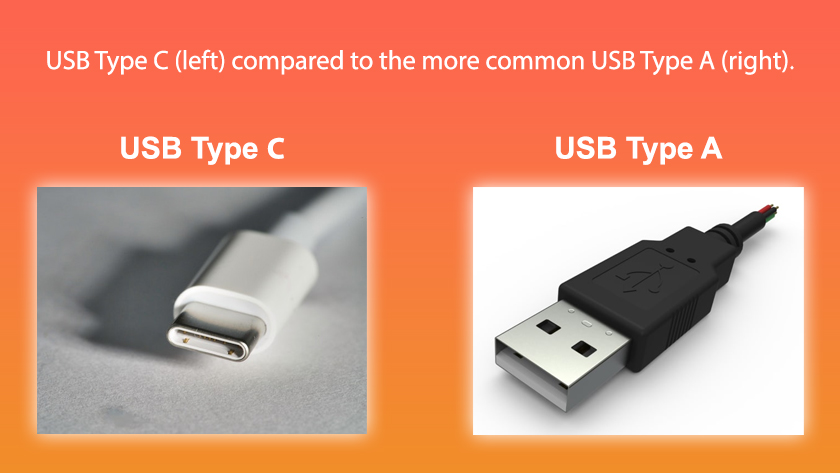
USB Type-C
You’re probably familiar with a good many of the USB connectors out there. There’s USB Type A the port likely to be on your computer. USB Type B, often on printers and Mini USB commonly found on phones and tablets.
USB Type C is a brand new USB connector. It’s only a tiny bit larger than Micro USB and more versatile than other USB ports. For one, USB C connectors are reversible. You don’t need to figure out which way is the right side up as you do with other USB connectors. It also has a higher theoretical data rate. But your devices will need to use the USB 3.1 standard to take advantage of it. Perhaps most importantly, it makes possible much higher power transmission, enough to serve as the power cord for lightweight laptops. Only a few Android devices, such as the Nexus 5X and Nexus 6, use USB C. But you can expect to see it on more phones and tablets as time passes. Today in 2022, modern Android devices it is standard.
Wake Lock:
Typically, you don’t want your phone to stay awake indefinitely. You’ll probably want it to sleep after a set amount. To prevent its battery from running out at an inopportune time. But once in a while, an app will need to keep the phone awake. For example, you probably don’t want your phone’s screen shutting off if you’re in the middle of a video chat. Or while following step-by-step directions in your car.
This is where keck comes into play. It’s a developer feature built into Android that lets an app force your phone to stay awake so it can carry out some tasks. An app developer can keep the screen awake or switch it off but keep the C-wake running. Technically, only the C-wake is the feature wake lock. But the name is used to describe both functions.
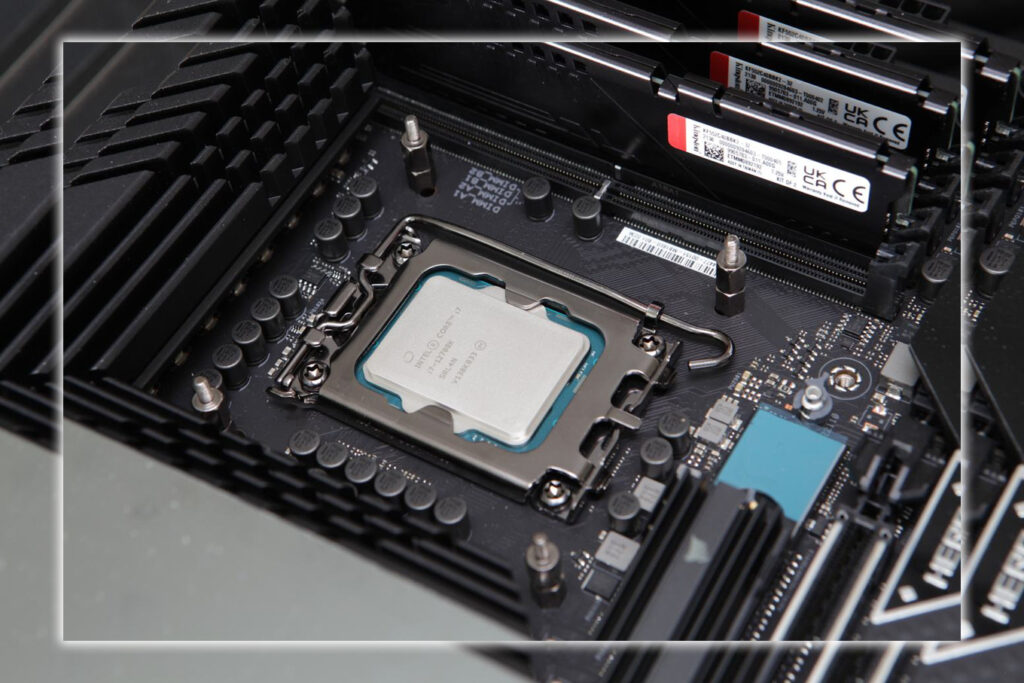
x86
If you are familiar with the hardware, you’ve probably seen this term mentioned in articles. X86 is the name for the processor architecture by Intel and used by manufacturers. More modern 64-bit x86 processors are sometimes called x64 or x86-64 chips, but they still fall under the x86 umbrella. Intel’s Pentium, Celeron, and Core lines, as well as the AMD processors, are all x86 processors. You won’t find x86 in many Android smartphones or tablets. But those that use Intel’s Atom processors are based on the x86 architecture.
